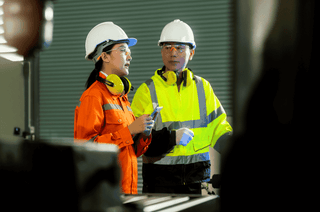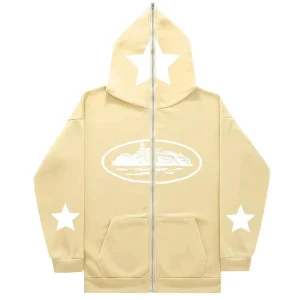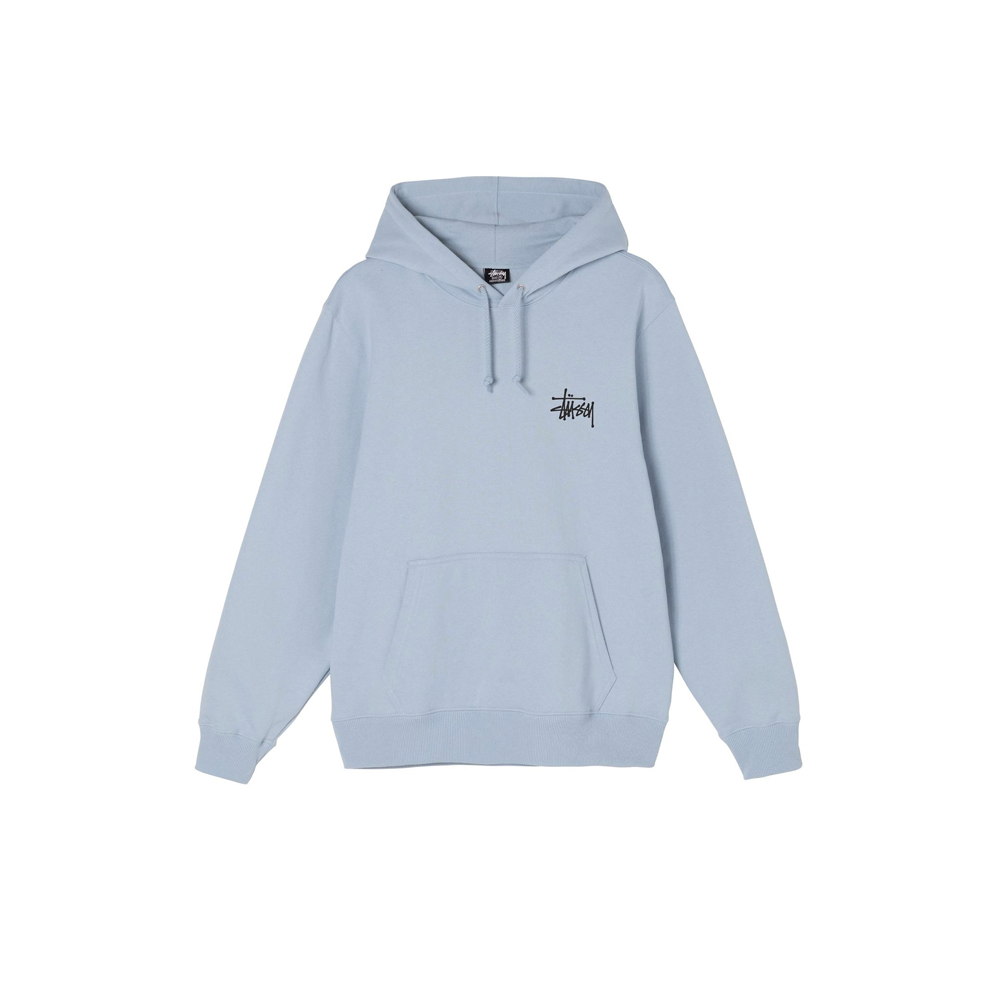On any job site—whether it’s a construction project in Sydney, a warehouse in Melbourne, or roadworks in regional WA—safety must always come first. Among the many safety measures in place, one of the simplest yet most effective is high visibility workwear. Bright colours and reflective designs ensure workers stand out, reducing the risk of accidents in busy, high-risk environments.
But despite being a common sight, hi vis clothing is sometimes underestimated. This article explains why hi vis work clothes are critical, how they improve safety, and why compliance with standards is non-negotiable for employers and employees alike.
What Is High-Visibility Workwear?
High visibility workwear refers to clothing specifically designed to make workers more noticeable. It uses a combination of fluorescent colours and reflective materials to ensure visibility in a range of conditions.
- Fluorescent colours (such as orange, lime, or yellow) are highly visible in daylight.
- Reflective strips enhance visibility under artificial lighting or vehicle headlights.
- Specialised designs adapt hi-vis gear for hot, cold, or wet climates.
Whether it’s a simple vest, a long-sleeve polo, or a weatherproof jacket, hi vis work clothes are engineered to prevent workers from blending into their surroundings.
Why Hi-Vis Clothing Is Essential on Job Sites
On a job site, hazards are everywhere. Heavy machinery moves constantly, vehicles enter and exit, and workers often operate in low-light or high-traffic areas. Hi vis clothing reduces risk by ensuring every worker is easy to spot.
The Key Benefits of Hi-Vis Gear
- Accident Prevention: Drivers and machine operators can easily see workers, reducing the chance of collisions.
- Improved Team Awareness: Workers can identify colleagues quickly in busy environments.
- Night and Low-Light Safety: Reflective elements ensure workers remain visible after dark.
- Compliance with Regulations: Meeting legal standards avoids fines and ensures workplace safety compliance.
Simply put, hi vis workwear can be the difference between life and death in hazardous environments.
Industries That Rely on Hi-Vis
While many workplaces use hi-vis gear, some industries depend on it daily:
- Construction: Workers remain visible on busy, multi-trade sites.
- Mining: Hi-vis helps teams stand out around heavy vehicles and equipment.
- Logistics and Warehousing: Essential for visibility in dimly lit storage facilities.
- Roadwork and Traffic Management: Ensures safety near moving vehicles.
- Utilities and Maintenance: Keeps crews visible during day and night repairs.
For these industries, hi vis work clothes are not just recommended—they’re essential.
Legal and Compliance Requirements
In Australia, wearing high visibility workwear isn’t optional in many industries—it’s a legal requirement. Standards such as AS/NZS 4602.1:2011 outline the performance and design requirements for hi-vis safety garments.
Employers are responsible for providing compliant gear and ensuring workers wear it correctly. Non-compliance can lead to:
- Workplace accidents.
- Legal penalties and fines.
- Loss of reputation and employee trust.
This makes choosing the right supplier and ensuring compliance a critical part of workplace safety management.
Types of Hi-Vis Work Clothes
Hi-vis comes in a variety of styles, each suited to different job requirements and climates:
- Vests: Lightweight and perfect for visitors or short-term use.
- Polos and Shirts: Breathable options for construction and outdoor jobs.
- Jackets and Rainwear: Protective in cold or wet conditions.
- Trousers and Shorts: Durable lower-body protection with hi-vis designs.
- Specialised Clothing: Flame-resistant or waterproof hi-vis for hazardous environments.
A good hi vis clothing supplier offers a wide range of options, ensuring every worker is equipped for their role.
Comfort: An Overlooked Factor
Safety is the priority, but comfort is equally important. Workers wearing uncomfortable clothing are more likely to remove it or avoid compliance. Modern hi vis work clothes are designed with:
- Moisture-wicking fabrics to handle Australia’s hot summers.
- Breathable materials for all-day wear.
- Stretch and ergonomic cuts for flexibility on the job.
- Layered systems to adapt to changing weather.
When workers are comfortable, they’re more likely to wear their gear consistently, improving overall safety.
The Role of Employers
Employers play a crucial role in ensuring workers are properly outfitted with high visibility workwear. This includes:
- Providing compliant, good-quality clothing.
- Offering replacements when garments wear out.
- Ensuring workers understand when and how hi-vis must be worn.
- Choosing suppliers that provide durable, certified gear.
Investing in quality clothing not only protects employees but also demonstrates commitment to workplace safety.
Future Trends in Hi-Vis Clothing
The demand for hi vis work clothes is driving innovation. Future trends include:
- Eco-friendly fabrics made from recycled materials.
- Smart hi-vis gear with built-in LEDs or wearable technology.
- Greater customisation for company branding and team uniforms.
- Advanced comfort features like cooling fabrics for extreme heat.
These trends will make hi-vis even more effective, ensuring safety while also meeting worker comfort and environmental concerns.
Conclusion
From construction sites to warehouses, high visibility workwear is a non-negotiable part of workplace safety. Hi vis clothing ensures workers remain visible, reduces accidents, and helps businesses comply with Australian safety standards.
For workers, wearing hi vis work clothes isn’t just about ticking a box—it’s about protecting yourself and your team. For employers, providing quality hi-vis is an investment in both safety and productivity.
In industries where every second counts, visibility saves lives. And that’s why hi-vis gear will always be essential on every job site.



